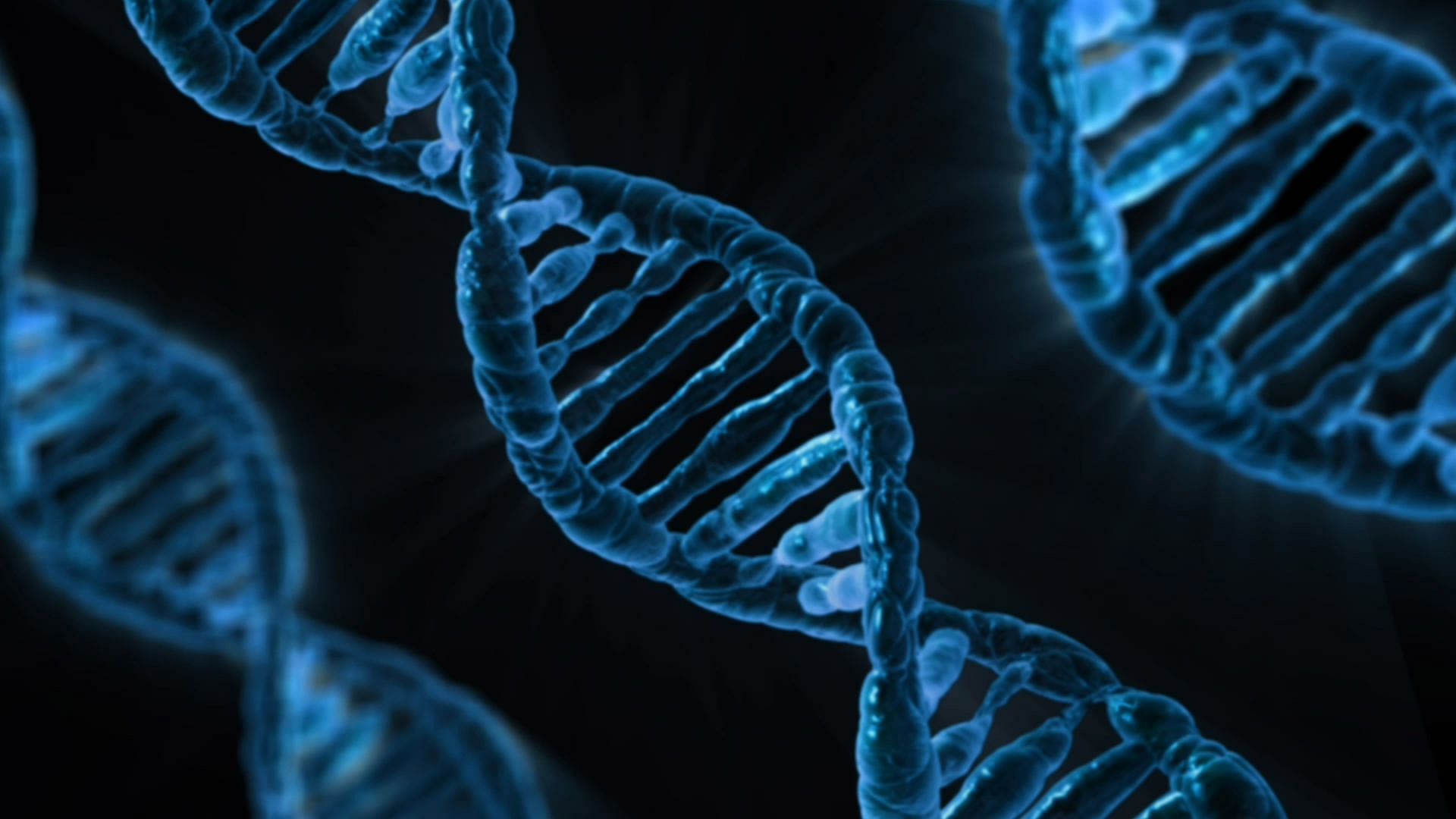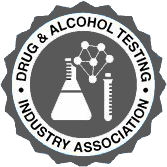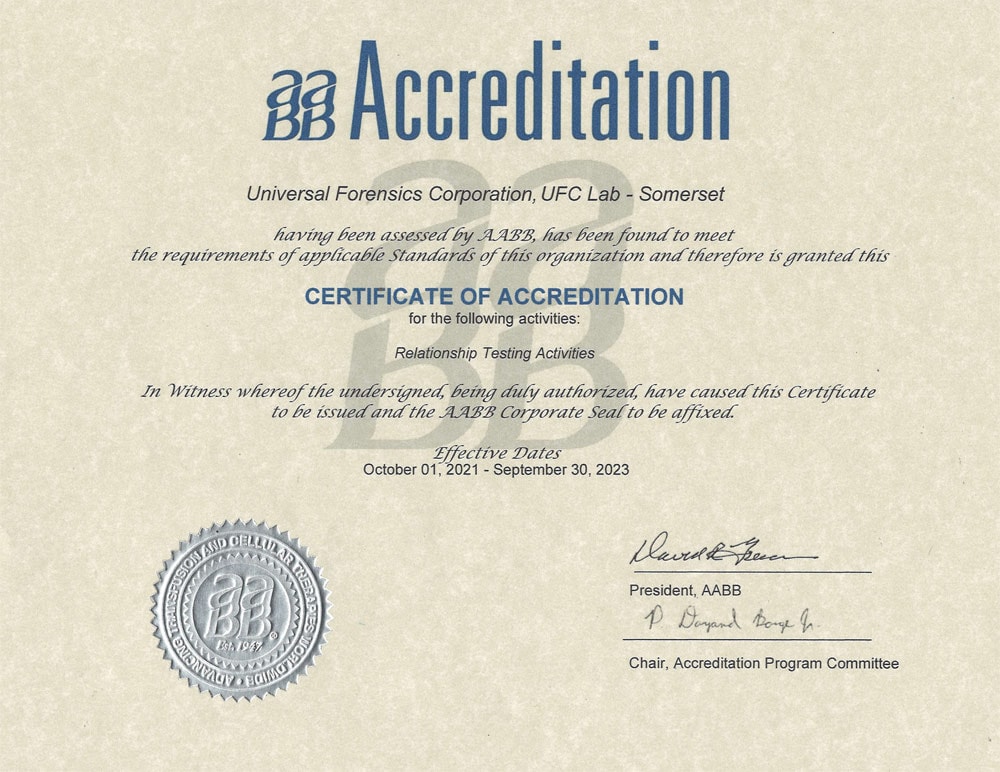The Science Behind DNA Tests: Understanding the Basics

Your DNA is a highly effective storage device for storing, well, you. It holds so much information that you could fit the entire contents of Facebook into half a poppy-seed-sized clump of DNA.
DNA holds the instructions to build and rebuild your body from your skin cells to your neurons. Your DNA is unique, different from that of every other person on the planet. Yet, being so small and packed with information, how could experts ever hope to use DNA tests to study your genes?
DNA testing may sound like science fiction, but it works, and it’s here. Let’s take a look at the science behind it.
What Is DNA?
DNA, or deoxyribonucleic acid, is those double helix “twisted ladders” that contribute to your genetic makeup. They store information on sugar and phosphate bases, like “rungs” on a ladder. Those “rung” pairs have the following names:
- Adenine
- Cytosine
- Guanine
- Thymine
DNA is vital to every process in your body. You can find it in the nucleus of every cell, wrapped tightly into chromosomes — those 24 x-shaped objects.
The human genome comprises about 25,000 unique genes. 99% of yours are the same as everyone else, but that remaining 1% is what sets you apart from all other humans.
When your body needs to build a protein, grow hair, or make blood, it uses DNA as a set of instructions. Think of it as the blueprints of your body. When your DNA breaks down or mutates, problems may begin to arise.
RNA and Copying
RNA is DNA split in half. Think of it like a ladder cut down the middle. Your body splits DNA into RNA to read it and make it into copies. Each time your cells self-replicate, they make fresh copies of your DNA in the process.
Fortunately, DNA is predictable. Those four base pairs (the ladder rungs) connect to one component pair partner. RNA can turn into a full-fledged DNA strand simply by adding the missing base pairs.
Remember this, as it will become important later.
How to Perform DNA Tests
DNA can tell us a lot about you as a person. It can determine who your biological parents are, where your ancestors came from, and what diseases you are prone to.
Let’s look at the steps required when using DNA testing kits.
Collect a Clean Sample
DNA is everywhere in your body, so any sample of you would, in theory, work. Medical and forensics experts can use blood, hair, nails, and skin particles to extract your DNA. It’s easiest and most common in the medical industry, though, to use a non-invasive cheek swab.
Your DNA testing kit will instruct you to scrub the insides of your cheeks thoroughly. This pulls saliva off the walls of your mouth, which contains cells with DNA.
Then, you’ll secure the sample in a sealed test tube. You mail this test tube to the lab, where the next step in the process begins.
DNA Extraction
There are many methods to extract DNA and perform genetic testing. All of them use the same basic methods:
- Breaking open (lysing) the cells
- Separating DNA
- Collecting pure DNA strands for testing
Chemicals help to separate DNA from other parts of the cell, such as lipids and proteins. Once technicians have a pure DNA sample, they move on to the next step.
Copying (Amplifying) DNA
First, technicians isolate the segment of DNA that they want to test. If they want to conduct paternity DNA testing, they compare segments between you and your biological parents. To test for health concerns, they compare the results to a database of DNA markers.
First, though, they need to “copy” the DNA. Technicians heat up your DNA to break it apart into RNA single-strand lengths. It cools down, binding with a primer solution to make double the DNA helixes that there were originally.
They can repeat this process a few dozen times until they have a large enough DNA sample. With the small saliva sample, they can produce millions of copies of your DNA, all through a simple process.
Genetic Analysis
Genetic analyzers are special machines capable of measuring the teeny tiny strands of DNA. They examine the base pairs (those four chemicals “rungs”) against a DNA database or against your parents.
Remember, most people share 99% of DNA in common. Therefore, these analyzers have to isolate that 1% to get effective results.
Scientists have been decoding the human genome for decades now. This database of information tells us which genetic markers — special sections of DNA — decide which unique traits. If you have specific genetic markers, this can determine your ancestry or propensity towards certain diseases.
In the case of paternity testing, they measure it against the DNA of a supposed genetic parent. If 50% of the DNA segments match, then that person is likely your parent.
Results
When testing is complete, the lab will take the findings and compile them into a report. This will be an easy-to-read, easy-to-understand document with a clear result. In some cases, you can use this report to prove paternity in a court of law.
Is DNA Testing Accurate?
Yes. DNA testing has come a long way since the early days when Rosalind Franklin first studied it.
Since then, we have decoded the entire human genome — that is, all the DNA configurations that make up humanity. We’re able to match thousands of traits to specific DNA segments. Using analytics, we compare your DNA to that of others to discover important data points.
Although we don’t yet have a perfect understanding of what all your genes do, we know what function the most important ones serve. This gives us plenty of understanding of how people work. In fact, every DNA test we conduct increases our knowledge and understanding.
Get DNA Testing With ReliaLab Test
DNA tests allow scientists to learn a lot about your genetic makeup with a relatively simple test. The best DNA test kit is one you can use from the comfort of your home. DNA test kits get professional analysis from lab technicians, who return an accurate result to you to make informed decisions.
ReliaLab Test provides the best DNA test, with highly accurate results. Order a test that works best for you and get answers ASAP.






